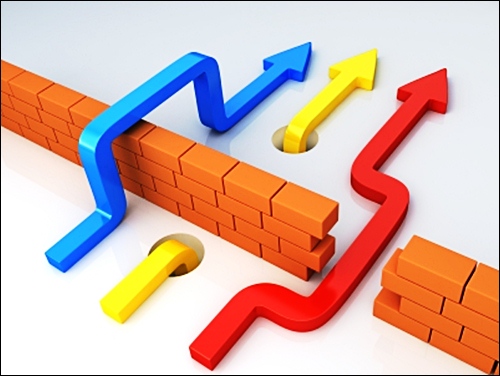It has been a very busy two days. Presentations, meetings, department time, emergencies, emails, data preparation and a serious sprinkle of reality, reviewing our students reading abilities.
To be “functionally” literate you need to have a reading age of 11. This lead me to explore the reading age of GCSE exam paper, 15 years and seven months – the correct age for GCSE aged pupils, if case you were wondering. However, students’ actual reading age was found to be lagging significantly behind, an average of just 10 years and seven months.
As for exam analysis, we use 4Matrix to do the heavy exam analysis, departments then conduct a threshold A*-C, A*-G measures, key groups and school research groups review, before a more forensic analysis is undertaken. Most exam boards offer a question analysis tool and this information can offer significant insight and direction for curriculum planning.
For example, this is an extract from a recent English examination review
3 students did not answer questions on the set text.
Higher paper analysis versus Foundation paper analysis
Given national percentage rates for expected progress, our cohort of students (heavily influenced by a disproportionate number of Level 4C (19) and 4B (21)) sitting the GCSE English H/F papers, we should have expected 29/46 achieving a grade C. Or, a further 21/38 level 4 students.
Edexcel Results Plus website shows our students performed least well on the Shakespeare section with 89% of students achieving between 0-70% of the marks available. Students also performed less well on the writing section of the paper with 67% students achieving between 0-70% of the marks available. This was due to the amount of time dedicated to developing written skills and students’ confidence with the text and their own ability of identifying examples across a text of a given theme.
Later in the report it states the actions
Here is the page I added to the Making Sense of Data document.Curriculum map has been re-written with extended exam preparation time focusing on questions 2c (44% of students achieved below 35% when answering this question) and 11 and 12 on the foundation paper / Unit 2 (20% of students achieved below 35% when answering this question).
10.1 AQA – Enhanced Results Analysis (ERA)
ERA allows you to take a snapshot of your school or college’s performance. Enabling you to view results according to qualification (for example A-level or GCSE), an individual examination, different classes and so much more.
Complete the online form at: aqa.org.uk/era-register
Your form is sent to your school or college’s centre administrator for verification. This may take a few days, but it’s important to make sure that access to results is only given to teachers at AQA centres. As soon as your request is approved, we will send you a confirmation email.
10.2 OCR – Active results
A free results analysis service to help you review the performance of individual candidates or whole schools. You can compare your centre against national averages, gain information to support resit decisions and analyse question level results where available. Log in to Active Results (via Interchange).
10.3 Edexcel – Results Plus
ResultsPlus provides the most detailed analysis available of your students’ exam performance. Widely used by teachers across the country, this free online service helps you identify topics and skills where students could benefit from further learning, helping them gain a deeper understanding of their subject.
10.4 WJEC – Item Level Data
Item Level Data offers a detailed breakdown of performance on each ‘item’ (usually questions or part questions within a script).
[qr_code_display]



Pingback: Knowing that you don’t know something | KristianStill/Blog
Pingback: Test post – Edventures
Pingback: The value of knowing, you do not know – Edventures